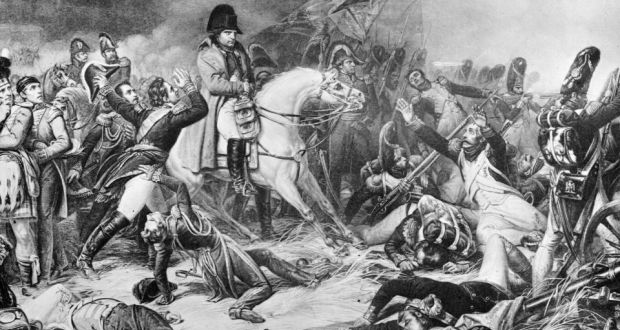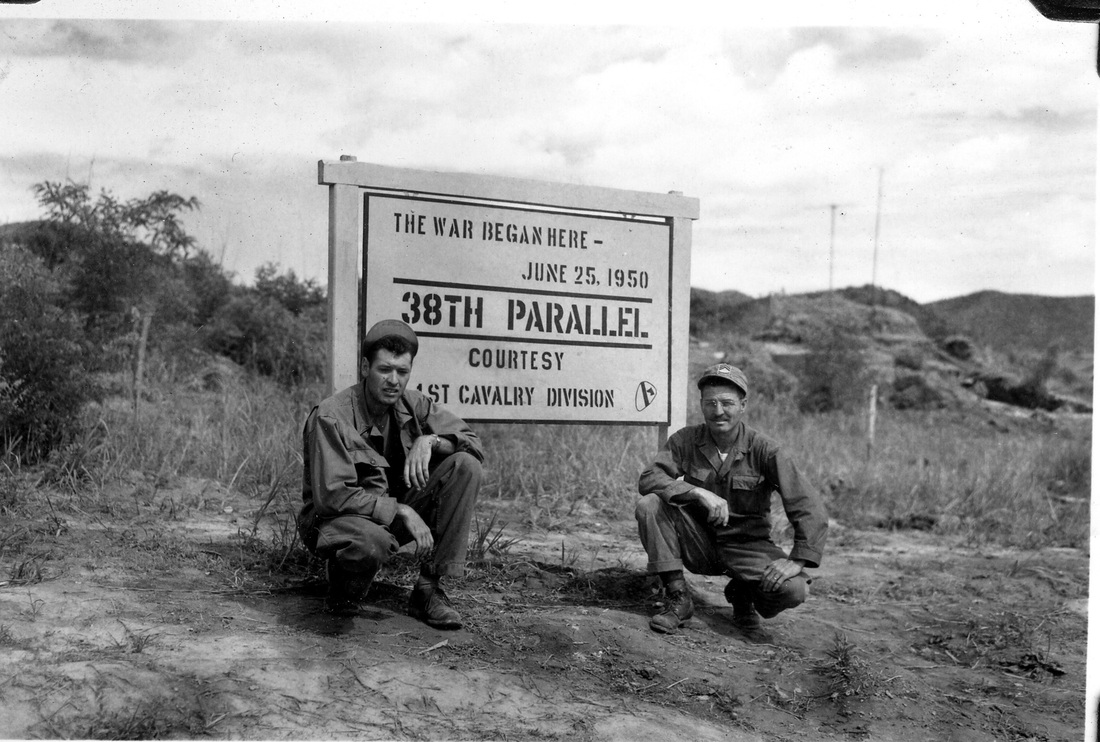Roger A. Shrubber
Well-Known Member
1972
Nixon’s re-election employees are arrested for burglary
Five burglars are arrested in the Democratic National Committee headquarters at the Watergate office and apartment complex in Washington, D.C. James McCord, Frank Sturgis, Bernard Barker, Virgilio Gonzalez, and Eugenio Martinez were apprehended in the early morning after a security guard at the Watergate noticed that several doors leading from the stairwell to various hallways had been taped to prevent them from locking. The intruders were wearing surgical gloves and carrying walkie-talkies, cameras, and almost $2,300 in sequential $100 bills. A subsequent search of their rooms at the Watergate turned up an additional $4,200, burglary tools, and electronic bugging equipment.
Although there was no immediate explanation as to the objective of the break-in, an extensive investigation ensued, eventually unveiling a comprehensive scheme of political sabotage and espionage designed to discredit Democratic candidates. McCord, who was one of the burglars, was also Richard Nixon’s security chief for the Committee to Re-Elect the President (CREEP). Nixon campaign funds were ultimately linked back to the Watergate break-in. In addition, equipment used during the burglary had been borrowed from the CIA. In the fall of 1972, Nixon was re-elected into office, but the probe continued.
FBI agents soon established that hundreds of thousands of dollars in Nixon campaign contributions had been set aside to pay for a massive undercover anti-Democratic operation. According to federal investigators, CREEP had forged letters and distributed them under Democratic candidate’s letterhead, leaked false and manufactured information to the press, seized confidential Democratic campaign files, and followed Democratic candidates’ families in order to gather damaging information.
During an interview with the Senate select Watergate committee on July 16, 1973, former White House aide Alexander Butterfield revealed that Nixon had been taping all of his conversations and telephone calls in the White House since 1971. After losing a battle in the Supreme Court to keep these tapes private, Nixon was heard approving the cover-up of the Watergate burglary less than a week after it happened. During a June 20, 1972, discussion of the Watergate scandal between the President and former White House chief of staff H.R. Haldeman, an 18 1/4-minute gap had been inexplicably erased, causing frustration and speculation from investigators.
On August 9, 1974, President Nixon resigned-the first U.S. president to do so. However, newly elected President Gerald Ford pardoned Nixon a month later, saving him from facing criminal charges.
Nixon’s re-election employees are arrested for burglary
Five burglars are arrested in the Democratic National Committee headquarters at the Watergate office and apartment complex in Washington, D.C. James McCord, Frank Sturgis, Bernard Barker, Virgilio Gonzalez, and Eugenio Martinez were apprehended in the early morning after a security guard at the Watergate noticed that several doors leading from the stairwell to various hallways had been taped to prevent them from locking. The intruders were wearing surgical gloves and carrying walkie-talkies, cameras, and almost $2,300 in sequential $100 bills. A subsequent search of their rooms at the Watergate turned up an additional $4,200, burglary tools, and electronic bugging equipment.
Although there was no immediate explanation as to the objective of the break-in, an extensive investigation ensued, eventually unveiling a comprehensive scheme of political sabotage and espionage designed to discredit Democratic candidates. McCord, who was one of the burglars, was also Richard Nixon’s security chief for the Committee to Re-Elect the President (CREEP). Nixon campaign funds were ultimately linked back to the Watergate break-in. In addition, equipment used during the burglary had been borrowed from the CIA. In the fall of 1972, Nixon was re-elected into office, but the probe continued.
FBI agents soon established that hundreds of thousands of dollars in Nixon campaign contributions had been set aside to pay for a massive undercover anti-Democratic operation. According to federal investigators, CREEP had forged letters and distributed them under Democratic candidate’s letterhead, leaked false and manufactured information to the press, seized confidential Democratic campaign files, and followed Democratic candidates’ families in order to gather damaging information.
During an interview with the Senate select Watergate committee on July 16, 1973, former White House aide Alexander Butterfield revealed that Nixon had been taping all of his conversations and telephone calls in the White House since 1971. After losing a battle in the Supreme Court to keep these tapes private, Nixon was heard approving the cover-up of the Watergate burglary less than a week after it happened. During a June 20, 1972, discussion of the Watergate scandal between the President and former White House chief of staff H.R. Haldeman, an 18 1/4-minute gap had been inexplicably erased, causing frustration and speculation from investigators.
On August 9, 1974, President Nixon resigned-the first U.S. president to do so. However, newly elected President Gerald Ford pardoned Nixon a month later, saving him from facing criminal charges.









